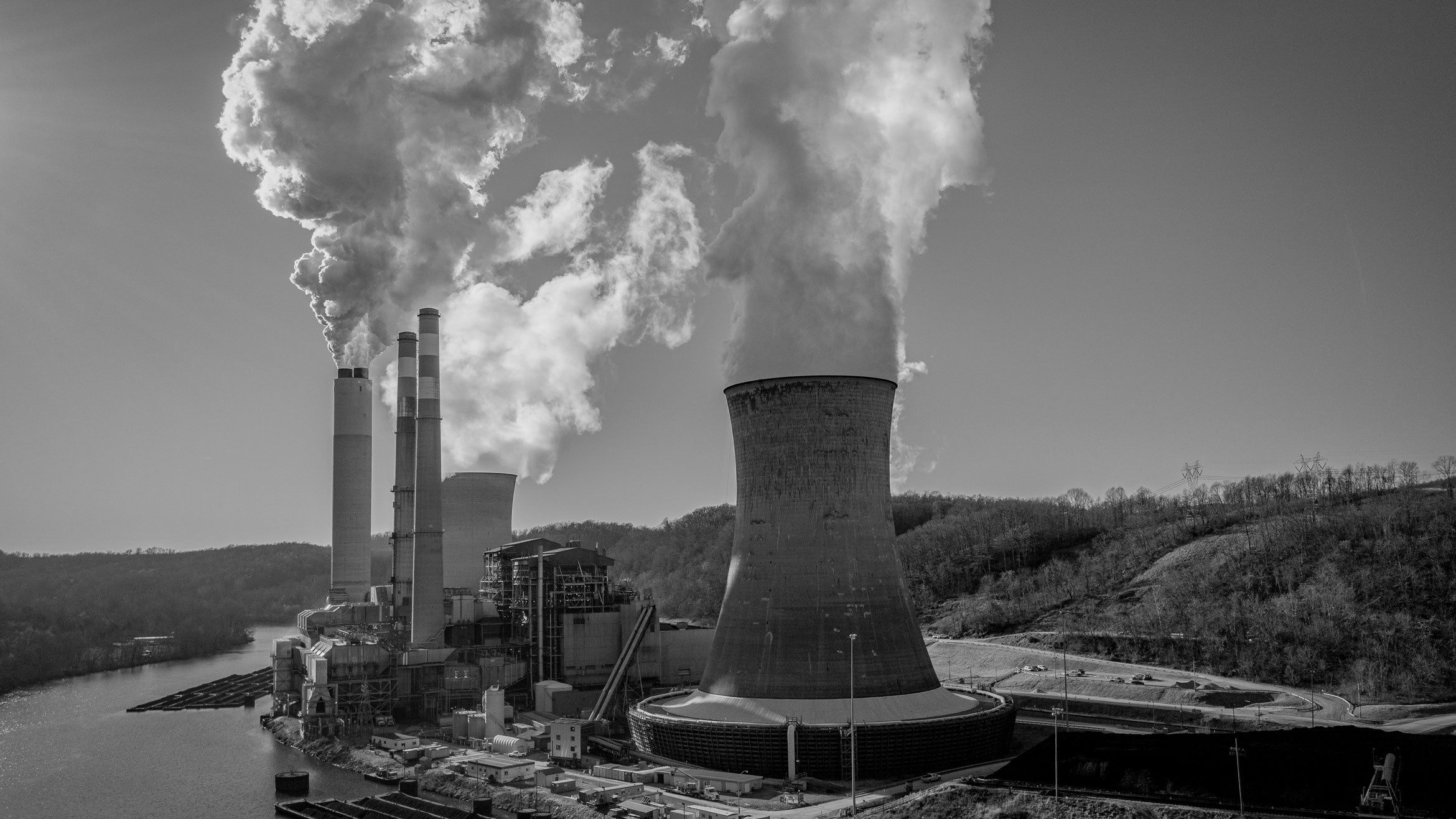Citizen Science for the Coast
To create a good model of sea level rise along local Santa Barbara and Ventura coasts, researchers need a lot more detailed data. Stepping into that breach are local citizen scientists — volunteers who head to the shore to gather data, and high school students who use their app-developing powers for good.
UC Santa Barbara Marine Science Institute researchers Carolynn Culver, Monique Myers and Aaron Howard are among the extension specialists with California Sea Grant engaging the community for this Community Alliance for Surveying the Topography of Sandy Beaches (CoAST SB) project.
The story, from California Sea Grant, based at UC San Diego, follows:
California Sea Grant beach monitoring goes digital
By Katherine Leitzell/UC San Diego
If you’re a beach-goer, you know that California beaches can be very different places from day to day, season to season, and year to year. Migratory species come and go. The water rises and falls. And tides and storms move sand in mysterious ways that even complex scientific models don’t yet fully capture.
Sea-level rise — projected to increase by around one foot in the Santa Barbara area by the year 2050 — makes understanding these dynamics more urgent than ever. Yet to calibrate these models, researchers need more detailed data about the dynamics of these sandy ecosystems.
That’s why every month, small teams of Santa Barbara and Ventura area community members head to beaches up and down the coast, to carefully survey beach elevation. California Sea Grant’s Community Alliance for Surveying the Topography of Sandy Beaches (CoAST SB) project monitors beaches from Oxnard Shores in Ventura County to Isla Vista Beach in Santa Barbara.
The research has already provided valuable data documenting drastic changes to Santa Barbara beaches following the 2017 Thomas fire and subsequent debris flow in Montecito.
“The U.S. Geological Survey can only survey these beaches twice a year, which means that they can miss seasonal changes,” explains California Sea Grant Extension Specialist Monique Myers, also a researcher with UC Santa Barbara's Marine Science Institute (MSI). “Our data helps USGS refine their models.”
Beach surveys - there's an app for that
To survey the beaches, volunteers use a simple method involving two measuring sticks and a rope. The methodology designed in 1961 is still used worldwide, and provides a consistent data set that can be easily used by USGS and other professionals.
While the basic methodology was sound, data entry is now much easier, thanks to students from Santa Barbara High School’s Computer Science Academy. Working under the guidance of Kevin Parent (CoAST SB volunteer), Paula Cassin (SB High School Computer Science Academy Fund) and Jared Fitton (app project manager), the high school students developed a new data collection app that CoAST SB volunteers use to collect data during monthly beach profile surveys.
“The purpose of the CoAST SB app is to eliminate tedious data entry, reduce error and ensure all steps of the survey are completed. Furthermore, it gives high school students an opportunity to create a useable product for a local organization while gaining valuable experience working in a team with professionals,” says California Sea Grant’s Aaron Howard, who manages the project.
The app reduces time spent on data entry, allowing the team to focus more on program expansion, data visualization and community engagement. It also further streamlines and homogenizes the survey process, making it easier for community members to get involved.
Carolynn Culver, a project team member, extension specialist with California Sea Grant and researcher with UCSB’s MSI, said, “We are so excited about the engagement of the local high school students in the project and their contribution of a new tool for recording the survey data. It is a great example of how communities can come together to assist with data collection that is valuable for understanding environmental changes and impacts in their backyard and beyond.“
Howard adds, “The CoAST SB project welcomes people from the community to participate with us to learn about sandy beaches while contributing to science. Volunteering with CoAST SB is an opportunity for people to become more empowered and take action to help address climate change impacts."
About California Sea Grant
NOAA’s California Sea Grant College Program funds marine research, education and outreach throughout California. Headquartered at Scripps Institution of Oceanography, University of California, San Diego, it is one of 33 Sea Grant programs in the National Oceanic and Atmospheric Administration (NOAA), U.S. Department of Commerce.



